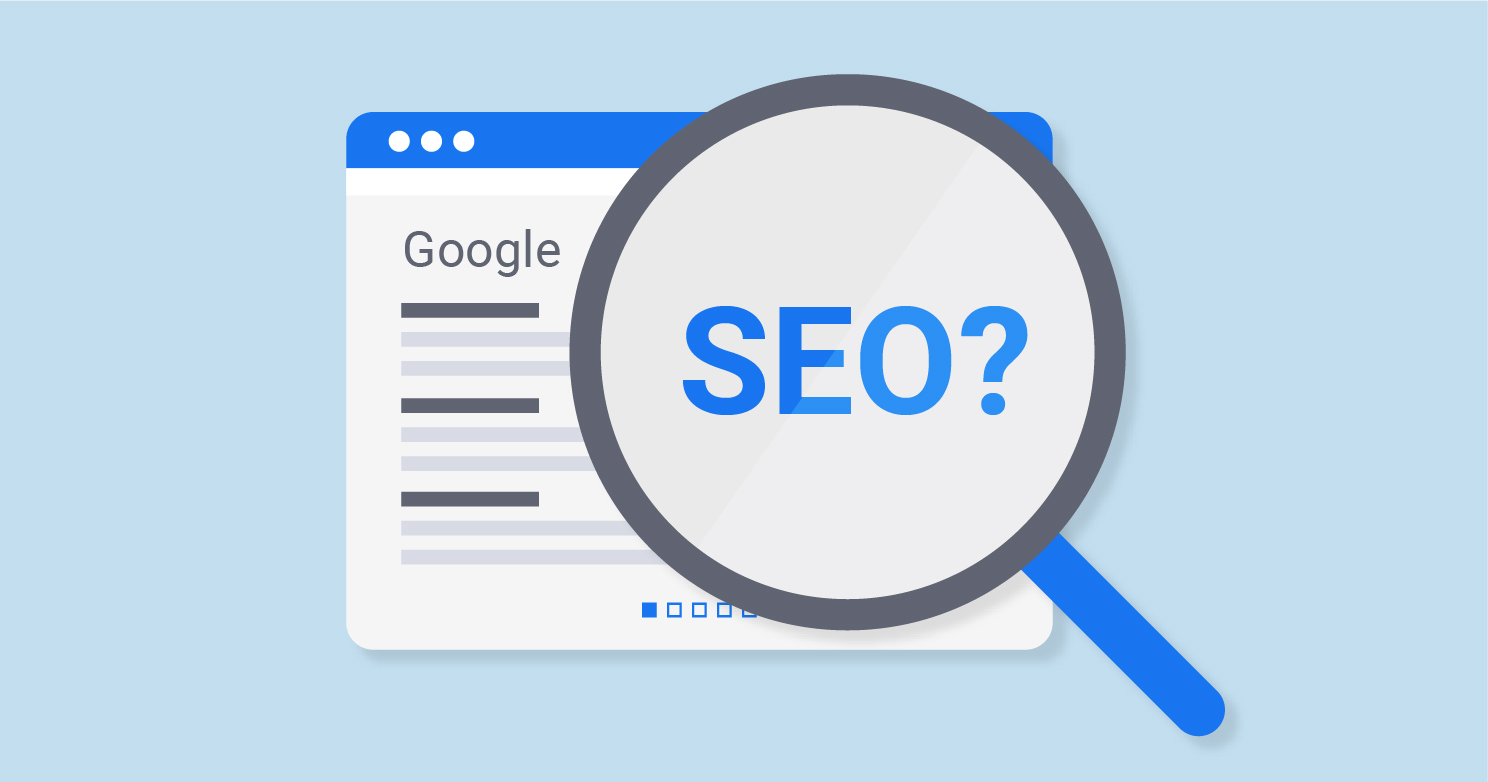When it comes to having an effective website that actually makes money and pulls in large conversion rates, a big part of the operation is the way that the website is designed. Many SEO agencies make the mistake of underestimating the power of great website design.
Some of the benefits that powerful web design can provide are:
- More conversions and higher sales
- Increased visibility and discoverability in search engines
- Improved navigation and user experience
- Increased trustworthiness and credibility
- Improved customer satisfaction
- Increased brand awareness
- Easier content management
- Improved accessibility for all users
- Faster loading times
- Increased scalability and flexibility
- Ability to capture customer data and insights
- Increased mobile compatibility
Great web design is essential for creating a successful website. It is important to ensure that the website is visually appealing, intuitive to use, and utilizes the latest technology to ensure a smooth and enjoyable experience for users.
A great web design should include an attractive color scheme, attractive visuals, and a well-structured navigation system. Additionally, great web design should be optimized for mobile devices and incorporate features such as social media integration, search engine optimization, and responsive design. Ultimately, great web design should be tailored to the individual needs of the website and its users, creating a great user experience.
The Importance of User Experience
Website user experience is incredibly important because it affects how users interact with and perceive a website. A good user experience will create a positive experience for users, leading to increased engagement and loyalty.
If a website is poorly designed, it can be difficult to use, leading to frustration and abandonment. The user experience should always be taken into consideration when designing a website, as it can have a significant impact on user satisfaction and overall success.
Conversion Rates Explained
A conversion rate is the rate at which visitors to a website complete an action that is desired by the website owner. This action could be anything from making a purchase to downloading a piece of content. It is expressed as a percentage and is calculated by taking the number of desired actions divided by the number of visitors.
A high conversion rate is desirable, as it indicates that the website is effective at converting visitors into customers or subscribers. Improving conversion rates is an important goal for website owners, as it can result in increased revenue and more customers.
Some of the factors that can contribute to higher conversion rates are:
- Well-crafted call-to-action buttons
- A clear and easy-to-understand message
- High-quality visuals
- Simple navigation
- Relevant and targeted content
- Responsive design
- A/B testing
- Mobile-friendly layout
- Fast page loading times
- Personalization
- Optimized forms
- Segmentation
As you can see by the list, the way that the website is designed has a lot to do with the way people interact on the site and decide whether or not they want to move forward with a purchase.
The Power of Content that Engages
Engaging content is an important part of any successful marketing strategy, especially when it comes to website conversions.
Content that engages helps to attract and retain customers, build relationships, and establish your brand as an expert in your industry. It also helps to increase organic traffic to your site and improve conversion rates.
Engaging content provides value to readers and encourages them to take action, such as signing up for newsletters, downloading content, and making purchases. When content engages it also drives visibility, helping to boost your presence in search engine results pages and social media. By creating content that resonates with your audience, you’ll be able to build trust and loyalty with them, which will ultimately result in higher engagement and conversions.
From the very first glimpse of the landing page and throughout the rest of the website a web developer can include interesting content that captivates users by using:
- Blog posts
- Social media posts
- News articles
- E-books
- Product descriptions
- Newsletter content
- Press releases
- Whitepapers
- Case studies
- Reviews
- Infographics
- Interviews
People need to be engaged when they visit a website in order to gain a better understanding of the website’s purpose, as well as to be able to interact with it in a meaningful way.
Engagement helps to create a connection between the user and the website, which can help to create a more positive experience and encourage them to move forward with a purchase.
Search Engine Optimization (SEO) and Conversion Rates
Search engine optimization (SEO) is an important tool for boosting website traffic and, ultimately, increasing conversion rates. SEO enables webpages to be indexed by search engines, and increases visibility in organic search results.
Some important factors to ponder when implementing an SEO strategy are:
- Optimizing page titles and meta descriptions for better visibility in search results
- Improving page speed to reduce bounce rate and increase page views
- Crafting compelling content to keep visitors engaged
- Creating landing pages for specific keywords that drive more qualified traffic
- Using internal linking and anchor text to drive users to relevant content
- Setting up Google Analytics to track and measure traffic and user behavior
- Leveraging social media platforms to drive more links and referrals
- Developing and maintaining a strong link-building strategy to increase visibility
- Monitoring keyword rankings to ensure pages are appearing in the right search queries
By optimizing content for keywords and phrases, businesses can target the most relevant search terms, increasing the likelihood that potential customers will click through to a website.
Additionally, SEO helps to structure a website and content in a way that is more friendly to search engines and users, which can lead to higher click-through rates, better user engagement, and increased conversions. In short, SEO is essential in order to maximize the visibility of a website in organic search results and, consequently, ensure that websites are converting as efficiently as possible.

Web Design and SEO
One of the most important aspects of search engine optimization is the element of strategic web design. From the very beginning of the idea of a website, the developer should consider what keywords will be most beneficial for the success of the website. As you can see things such as headings, titles, meta descriptions, and written content are all contributing factors to how visible a website will be in the search engine results.
The link between web design and SEO is that many of the elements that come together to make search engine visibility work the way it is supposed to are due to the way that the site is designed.
- Images
- Image alt tags
- Page titles
- Headings
- Meta descriptions
- Link structure
- Navigation
- Outbound links
Each and every one of the above-mentioned components falls under the responsibility of the person that designs the website.
Essentially, web design is a huge part of whether or not a site is found in search engines.
Web Design, SEO, and Conversion Rates
If you are aware of the way that the internet works you can easily see how all three of these components have to be in sync with each other in order to create an environment that favors high conversion rates.
If a website is not seen on the internet, the chances of it getting conversion rates are pretty slim. If the site is able to be found in search engines but has a low-quality design that does not portray trust the conversion rates are probably not going to be very good either.
In order for a website to convert it has to be able to be found on the internet and has to be appealing to the people that find it.
Conclusion
Web design is an essential part of achieving high conversion rates, as it plays an integral role in how customers interact with your business. It is essential for the success of any website, as it allows customers to quickly and easily access the content they are seeking. Great web design also provides a platform for businesses to effectively communicate their message, as well as engage and build relationships with customers. With well-designed websites, customers are more likely to engage and make purchases, thus increasing conversion rates. As such, web design is necessary for high conversion rates.




